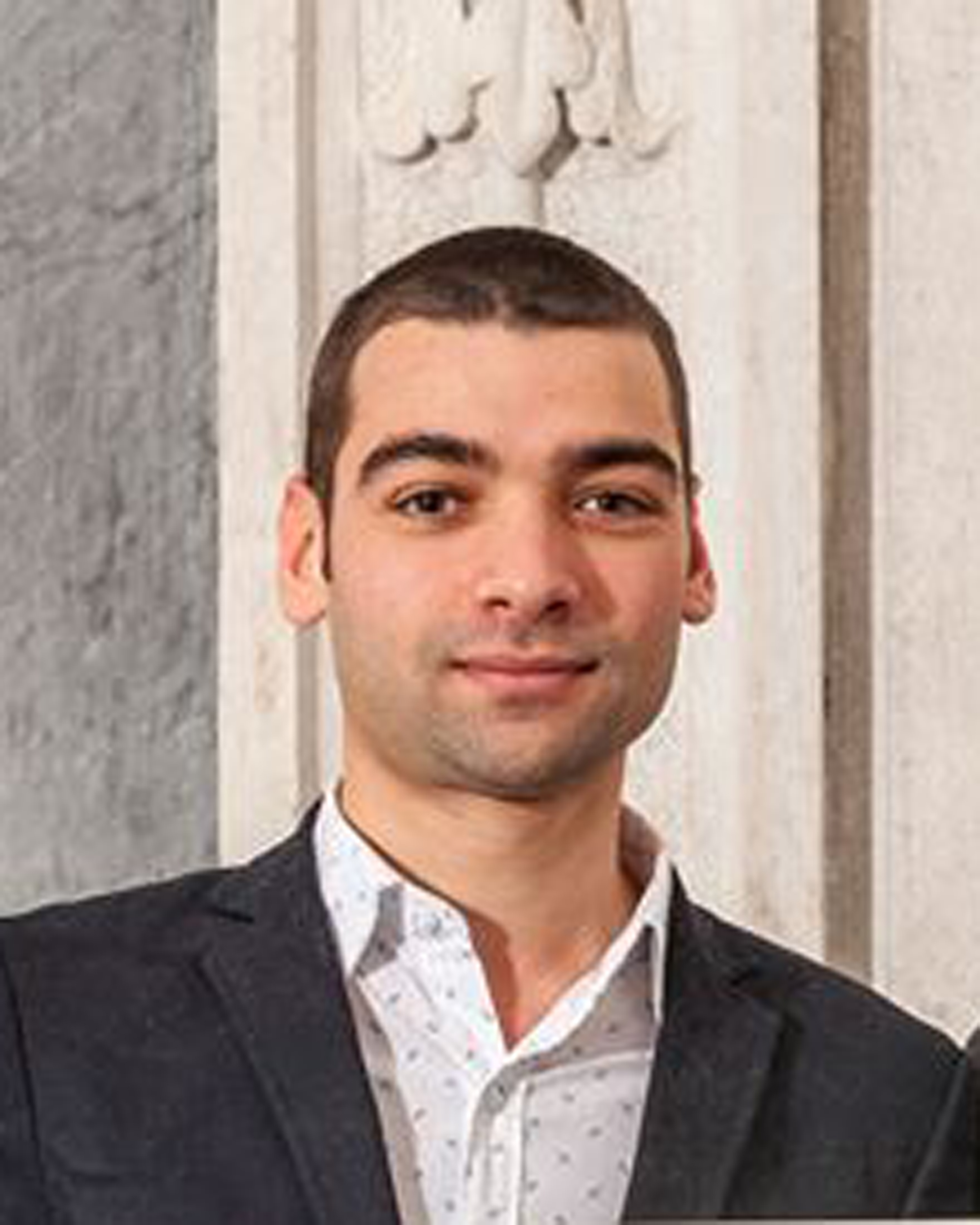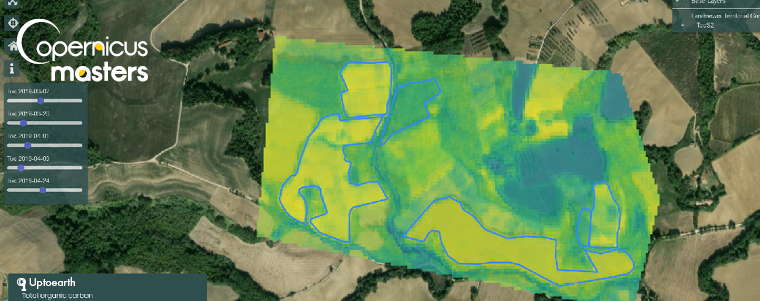The relationship between agriculture and the environment represents a central hub in the development process for the entire community as it is based on a complex system of relationships that forecast the impacts of agriculture on the environment and the effects of the environment on agriculture.
The production processes that today pertain to the entire sector are responsible for around 24% of carbon dioxide emissions into the atmosphere. At the same time, the development of agricultural and forestry areas, thanks to the fundamental process of photosynthesis, allows CO2 to be “stored” long-term in the subsoil.
With the aim of achieving, in a lasting way, an advantageous “balance” between emissions into the atmosphere and the capture of CO2 in the soil, it is necessary to support land management practices by using innovative technologies capable of making the production of food compatible with the demands of the population, combining the economic value of the goods produced and positive externalities in terms of the environment and society.
Winner of the Copernicus Masters University Challenge 2018
UptoEarth GmbH, founded by a group of researchers and professionals, launched the “Soil Carbon Sequestration in Agricultural Systems” project, aimed at creating a set of integrated tools capable of sustainably increasing the agricultural productivity of the soil by enhancing the ability to capture CO2, thus helping to make the territories affected by climate change more resilient.
The project won the Copernicus Masters University Challenge in Marseille, France, in 2018. The initiative was to develop the integration of satellite technology with the management of agricultural Big Data derived from diversified and heterogeneous information sources and ensure that this process can be certified by using blockchain technology. This solution is able to make sure that the data is authentic (detection of objective information processed in an automated and independent manner) and that processing is incorruptible and transparent over time.
Knowledge frameworks on the conditions of the territories based on innovative solutions in the field of “Earth observation”
The Soil Carbon Sequestration in Agricultural Systems project allows the environmental indices resulting from the continuous analysis of satellite images provided by the Copernicus programme to be correlated with the data available in public and private databases that are managed directly by agricultural operators as part of their production activities. In this way, knowledge frameworks relating to the conditions of the land and crops are created which clearly and precisely characterise the impact of agriculture on the carbon cycle and climate change.
The Soil Carbon Sequestration in Agricultural Systems project has a technological platform that allows services to be developed at different territorial levels. On a local scale, it is able to support the farmer’s crop choices such as the use of water, the use of fertilisers, the harvesting phases, etc. On a regional scale, it makes it possible to support and orient the technical guidelines (regional plans), the system of constraints, and the production and defence regulations. Finally, on a large territorial scale, the platform enables the impacts of national agricultural plans, common agricultural policies, etc, to be evaluated.
In addition to directly supporting the agricultural production activity, the project is able to make a further contribution within the census and quantification processes of “carbon stocks” and their subsequent accounting and marketing in the context of the local demand and offer exchanges (called “carbomark”). In this regard, the system is able to guarantee the integrity and credibility of the compensation processes for “greenhouse gas” emissions, offering public and private entities the opportunity to invest in environmental interventions aimed at generating carbon credits.
Future steps
UptoEarth has initiated several exploratory processes to establish relationships with various private and/or commercial entities to cooperate within its business project. Our goal is to provide the market with the tools to monitor and safeguard Earth’s environment through a sustainable system to reduce carbon dioxide emissions.
As part of the Green Deal, the European Commission proposed in September 2020 to raise the 2030 greenhouse gas emission reduction target, including emissions and removals, to at least 55% compared to 1990.
UptoEarth believes that this approach for the period up to 2030 will help ensure regulatory certainty for investors and drive progress towards a climate-neutral economy and the creation of new opportunities for sustainable growth and green jobs.
About the author:
 Filippo Iodice is currently undertaking a Ph.D. on deep neural networks (deep learning) for remote sensing image analysis and EO at IUAV University. His algorithms mainly focus on monitoring the sequestered and stored organic carbon from agricultural crops. Filippo is also helping to investigate the issue of carbon dioxide in agricultural land, with the aim of following and aligning all the new ideas with the SDGs for Sustainable Development.
Filippo Iodice is currently undertaking a Ph.D. on deep neural networks (deep learning) for remote sensing image analysis and EO at IUAV University. His algorithms mainly focus on monitoring the sequestered and stored organic carbon from agricultural crops. Filippo is also helping to investigate the issue of carbon dioxide in agricultural land, with the aim of following and aligning all the new ideas with the SDGs for Sustainable Development.





Comments are closed.